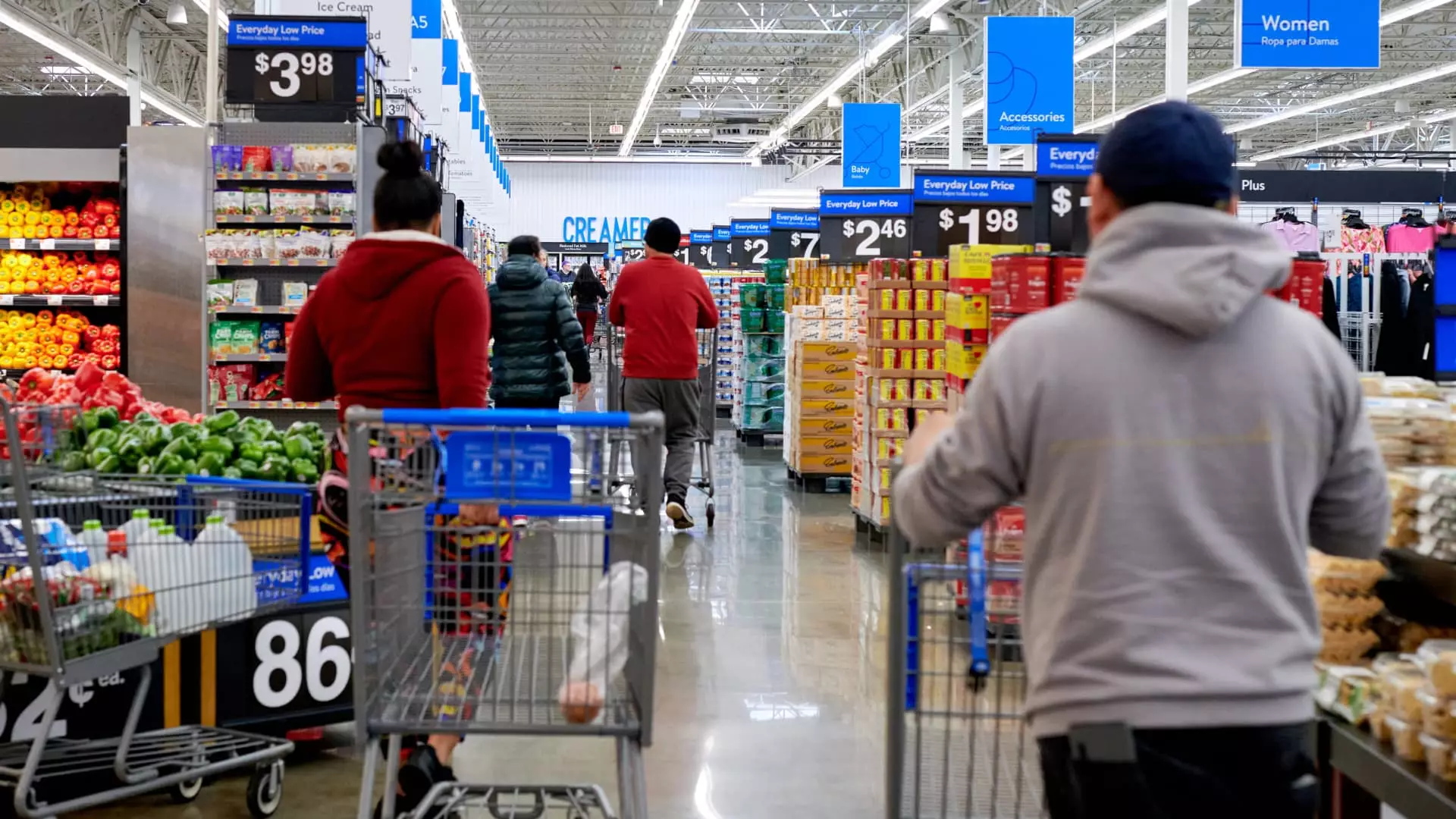In a recent report, Michael Pearce, deputy chief U.S. economist at Oxford Economics, noted that the prolonged period of negative sentiment about the economy, referred to as the “vibecession,” seems to be coming to an end. This shift is primarily driven by a combination of cooling inflation and the Federal Reserve’s plans to lower interest rates. As Americans’ assessments of the future improve, the gap between economic performance and consumer sentiment is narrowing, indicating a more positive outlook overall.
While economists observe this shift, pinpointing the exact cause remains challenging. Pearce mentions that there are several potential reasons for the change in mood, with a likely factor being the news of falling inflation and its sustained trend towards 2%. Additionally, the prospect of the Fed implementing interest rate cuts has also contributed to increased optimism for the future. These factors have created a sense of stability and confidence in the economy, leading to the improvement in consumer sentiment.
Recent economic data has provided support for the Federal Reserve’s decision to lower interest rates for the first time in years. Inflationary pressures have eased, with key indicators showing signs of progress in this area. The trend towards a lower unemployment rate, combined with positive consumer spending patterns, further reinforces the notion of economic stability. Markets are responding positively to these developments, with expectations high for the Fed to initiate rate cuts in the coming months.
One of the standout features of the current economic landscape is the resilience of the American consumer. Despite earlier concerns about a potential recession, the economy has managed to avoid a downturn. The latest data suggests that the U.S. economy is on track for a soft landing, characterized by a gradual cooling of growth and inflation. This scenario, often referred to as a “Goldilocks” scenario, indicates a balance between economic expansion and stability.
While the current indicators point towards a period of economic stability, there are lingering uncertainties on the horizon. The upcoming U.S. presidential election and the possibility of significant policy shifts add a layer of complexity to the economic outlook. Although the sentiment is generally positive, there are still concerns about potential disruptions or corrections in the future.
The recent shift in consumer sentiment marks a notable change in the economic landscape. With inflation under control and the Federal Reserve’s proactive stance on interest rates, Americans are beginning to feel more optimistic about the future. While challenges and uncertainties remain, the overall outlook is positive, indicating a period of relative stability and growth for the U.S. economy.

